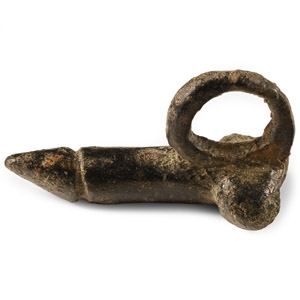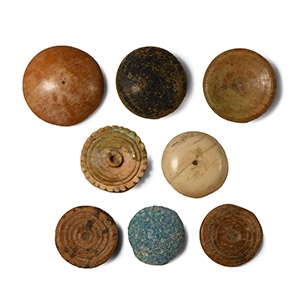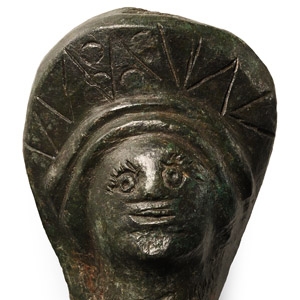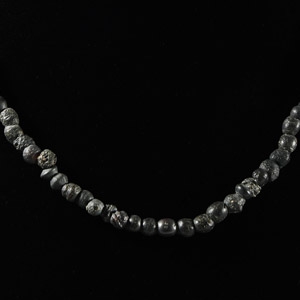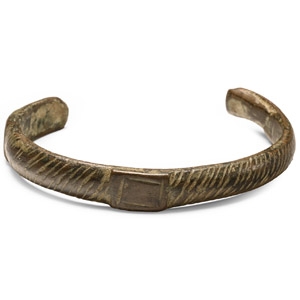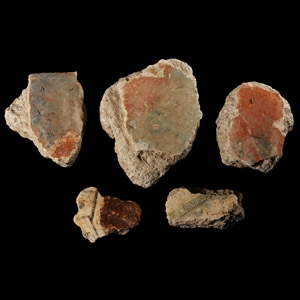Home > Auctions > 4 June - 8 June 2024
Ancient Art, Antiquities, Natural History & Coins
Auction Highlights:
Ex German art market, 2000s.
Acquired from an EU collector living in London.
From the collection of Surrey, UK, gentleman.
Ex German art market, 2000s.
Acquired from an EU collector living in London.
From the collection of Surrey, UK, gentleman.
Found Suffolk, UK.
Acquired from Silk Road Heritage, LLC, Virginia, USA.
Ian Wilkinson collection, Nottinghamshire, UK, formed since 1985.
Found on the Thames foreshore, UK.
Acquired from Red House Antiques, York, 2009.
Ian Wilkinson collection, Nottinghamshire, UK.
Ex German art market, 2000s.
Acquired from an EU collector living in London.
From the collection of Surrey, UK, gentleman.
From the Fadel family collection, London, UK, 1970s.
Acquired on the London, UK, art market in the 1990s.
Ex London, UK, gallery.
Ex German art market, 2000s.
Acquired from an EU collector living in London.
From the collection of Surrey, UK, gentleman.
Acquired in the 19th century.
Ex Jeger collection, Switzerland.
Cf. Hakanen, V., 'VI Wall Plaster Fragments' in Berg, R., Kuivalainen, I., Domus Pompeiana M. Lucretii, IX,3, 5.24, The inscriptions, Works of Art and Finds from the Old and New Excavations, Vantaa, 2019, pp.196-224, figs.3-4.
These small fragments, showing similarities with fragments of Pompeii, seem to belong to the second style of Roman painting, red panels profiled with black lines representing highlight and shadow. The panels were probably framed by a green fillet. A couple of fragments show two fields in alternated red and blue.
Ex German art market, 2000s.
Acquired from an EU collector living in London.
From the collection of Surrey, UK, gentleman.
Acquired from Den of Antiquity, Cambridgeshire, UK, 2010.
Ian Wilkinson collection, Nottinghamshire, UK.
Cf. Beutler, F. et al., Der Adler Roms. Carnuntum und der Armee der Cäsaren, Bad-Deutsch Altenberg, 2017, item 661, for similar type in terracotta.
The small size of this bronze container suggests that it was intended as a toilette object, or as an oil vessel for athletes, generally associated with a strigil. Its could also have been used as a balsamarium.
697 - 708 of 2809 LOTS

.jpg)

.jpg)
.jpg)
.jpg)
.jpg)
